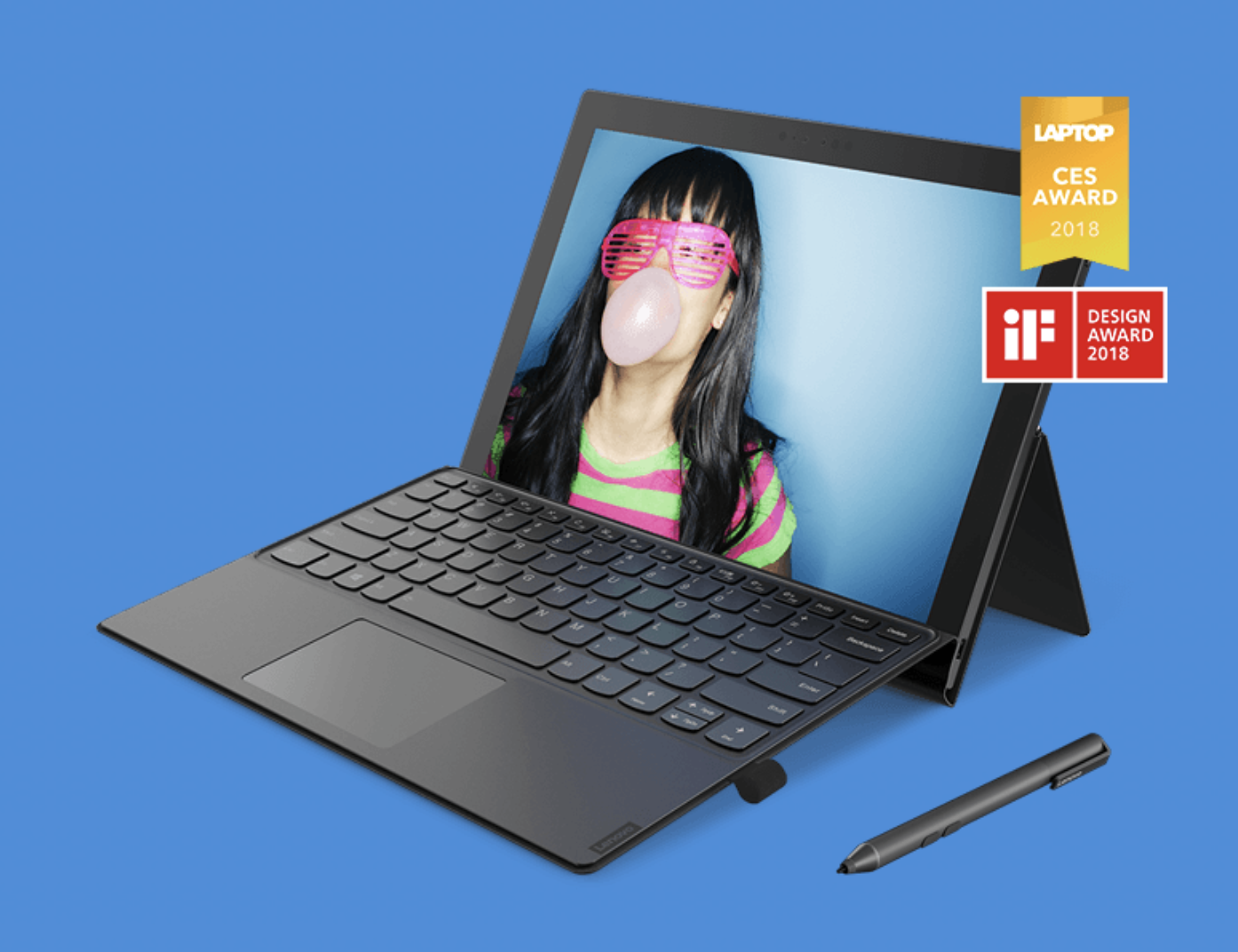I’ve spent the last few weeks using Lenovo’s Miix 630 detachable product that utilizes Qualcomm’s 835 Snapdragon processor running Windows 10 Pro (upgraded from Windows 10S). It hasn’t been an entirely smooth experience, and there is still work to be done on this new platform (especially regarding a few key apps). But this combination of Windows and ARM is undeniably powerful for a frequent business traveler such as me. Early challenges aside, it’s hard not to see Qualcomm, and eventually, the broader ARM ecosystem, playing a key role in the PC market down the road.
The Good
As I type this, I’m finishing up a New York City trip where I attended ten meetings in two days. I needed access to–and the ability to quickly manipulate–Web-based data during these meetings, a task that I’ve never been able to accomplish well on my LTE-enabled iPad Pro. So I typically bring my PC and a mobile hotspot so I can stay connected in Manhattan throughout the day. I carry my computer bag, too, because I need to carry the power brick because I invariably need to plug in my notebook at some point or risk running out of power before the end of the day. This time out, I left the mobile hotspot, power cord, and computer bag behind, carrying just the Miix. I used it throughout the day, both during meetings and in the times in between. The LTE connection was strong throughout, and I didn’t experience any performance issues. When I returned to the hotel room after 6 pm, after close to 11 hours of pretty much constant use, I checked the battery: 52%.
That’s a game changer, folks. It’s actually a bit hard to describe just how freeing it is to spend the day using a PC without worrying about connectivity or battery life. With battery-saver mode enabled, I could well have accomplished two days of meetings without needing a charge. Does everybody care about these things? Obviously, not. Would I swap this device for my standard PC where I perform more heavy workloads? No, not today.
But I’m beginning to think that day may be closer than many expect.
The Bad
I’ve come to realize that my most-preferred form factor for work-related tasks is a notebook (which is why I’m excited to see Lenovo has already announced plans for the Snapdragon-powered Yoga C630). That said, the Miix 630 is a solid detachable with a good display, somewhat oversized bezels, and a reasonably good keyboard. However, at $899 list, it is quite expensive for a device that what most people would use as a secondary computer. And it doesn’t help that Qualcomm announced the follow-on 850 chip before Lenovo had even begun shipping this product to customers.
And at present, this product—and other Windows on Snapdragon products—must remain secondary product because some limitations prevent it from being a primary PC for many users. Performance is one, although honestly I didn’t find the performance to be that limiting on this machine when using it for my described tasks (Lenovo seems to have done a good job of tuning the system). The main reason these products will have to serve as secondary devices is that there are still some deal-breaking app challenges. For me, the primary one was the fact that I couldn’t install and use Skype for Business, which is the primary way I communicate with my work colleagues and how my company conducts meetings. I was able to work around the meeting problem by joining meetings via the Web-based version of Skype for business, but there’s no way to do that for instant-messaging communication. I had a similar problem with Microsoft Teams, but there’s also a Web-based workaround for that program.
I understand the challenges Microsoft faces with making its ever-broadening portfolio of apps work on this new version of Windows, but the fact that I couldn’t use this important first-party app is pretty frustrating.
The Future
Microsoft still has some work to do in terms of app compatibility, but I’m hopeful the company will sort much of this out in the coming months. In the meantime, we now know that not only does Qualcomm have strong plans for future PC-centric chips, but ARM itself has now announced a roadmap that it promises will usher in next-generation chips from other licensees that should offer desktop-caliber performance with smartphone-level power requirements.
Of course, there are still plenty of other hurdles to address. Many IT organizations will push back on the idea of ARM-based PCs, with Intel understandably helping to lead that charge. There’s the ongoing issue of cost and complexity when it comes to carrier plans. Finally, there’s a great deal of education that will need to happen inside the industry itself around the benefits of this platform.
In the end, I’m confident that Windows on Snapdragon (and Windows on ARM more broadly) is going to eventually coalesce into an important part of the PC market, especially as 5G becomes pervasive in the next few years. I fully expect many long-time PC users to question its necessity, but I also expect a small but growing percentage of users to have the same types of “ah ha” moments that I did when testing out systems. And, perhaps most importantly, I believe future iterations of these devices are going to appeal a great deal to the next-generation of users who expect their PCs to act more like the smartphones and tablets they grew up using.

We always follow your beautiful content I look forward to the continuation.